The Future of Flying: Now boarding from Gate of Innovation
Taking off in a modern-day aircraft, one always wonders that how come an aircraft so heavy, can lift in the sky? On December 17, 1903, Wilbur and Orville Wright made four brief flights at Kitty Hawk, North Carolina with their first powered aircraft. The Wright brothers had invented the first successful airplane. Travelling has never looked back since then and the future of flying has never looked so promising.
How an Aircraft flies
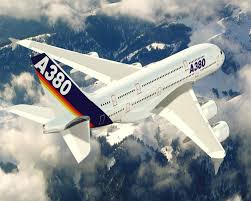
Many of us would have read in our school and college day about the principle behind flying but many are still unaware. I will try to explain the same briefly:
The Forces acting on an Airplane
When an airplane flies, it needs power to lift from the earth’s surface. It’s the wings that lift an airplane into the sky. But first, we need to understand the 4 different kinds of forces acting upon an airplane.
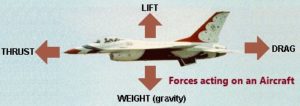
Weight – The gravitational force that pulls the aircraft down.
Lift – Lift is the key aerodynamic force that works against gravity and lifts the aircraft in the air.
Thrust – The force generated by the engines to move the aircraft forward.
Drag – The friction created by air when an aircraft moves forward.
Bernoulli’s Principle
Airplanes fly using Bernoulli’s principle. Daniel Bernoulli was a famous Swiss mathematician (1700-1782).
The shape of an airplane’s wing is called an airfoil. As the airplane moves forwards the air is split at the wings edge moving at a different speed to reach the endpoint of the wing at the same time. The wings upper surface is curved so that the air rushing over the top stretches out to cover more distance. This decreases the air pressure over the top of the wing.

On the other hand, the air which flows below the wing moves in a straight line and thus its speed and pressure remains the same. This difference in air pressure – high below the wing and low at the top of the wing creates a “Lift”. The wing which is in the middle of the air flowing at different pressure (upper and lower surface) is then lifted by the force of the air perpendicular to the wing. The faster an airplane moves the more lift is there. When the force of lift is greater than the force of gravity, the airplane is airborne.
The Jet Engines – playing a key role in the future of flying
The jet engines hanging from the horizontal wings are the ones which push an airplane forward.
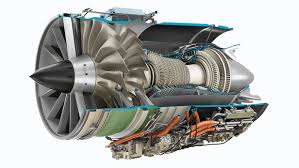
A turbojet takes in air through a revolving compressor. This air is mixed with fuel and the mixture is burnt in a combustion chamber. The exhaust that ejects out of the back is what creates thrust and makes the airplane move forward. The more air the engines can take the more powerful is the jet engine. Modern engines are designed in such a way that they can take in more air and are called turboprops.
The aviation turbine fuel which powers an airplane is nothing but refined kerosene oil.
Boeing versus Airbus
A duopoly driving innovations to create a better future of flying
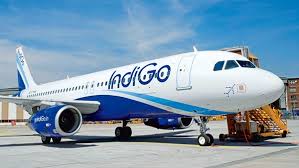
Airbus is an European company – a joint venture of France, Germany, the UK, and Spain. The parent company is known as EADS (European Aeronautic Defense and Space Company). It was in 1988, that Airbus launched its most successful airplane – the A320. It was a single-aisle narrow body, fly-by-wire flight controls aircraft and to date remains one of the most popular models with newer versions coming regularly. The models range from A 321, A 330, A 350, A 380.
Boeing is a US company founded by William Boeing in 1916. It is famous for its models like 737, 747, 757, 777. They are also known for making defense planes like F-18, F-15, and Chinook helicopters. It was in the year 1997 that Boeing took over McDonnell Douglas famous for the DC-10 aircraft and its last American rival.
These 2 Aircraft manufacturers have virtually formed a duopoly in the world. Airbus recently took over the aircraft business of Bombardier, a Canadian company that also makes the metro coaches in which you travel. On the other hand, Boeing took over Embraer, a Brazilian manufacturer. The only one remaining which has not fallen in their web is a Chinese manufacturer called COMAC.
How safe is Air Travel
Air travel is the safest mode of mass transportation. The odds of dying in a plane crash are about one in 11,000,000. Fatal accidents do happen in the airline industry but the probability is one in two million flights.
However, two recent air crashes in a period of fewer than 6 months have taken the world by surprise. But let me assure you that the problem has been identified and it is more to do with a technical glitch from the manufacturer’s side. The Aircraft in question is Boeing 737 Max, now grounded world over, till the time it is re-certified safe for flying.

On 10th March 2019, a Boeing 737 MAX, the latest version of the firm’s best selling model fell from the sky in Ethiopia. All 157 passengers on board were lost. Another crash happened 5 months earlier off the coast of Java, Indonesia. The death toll was 189. And it was again Boeing 737 MAX.
The immediate cause in both accidents has been identified. It has been attributed to a faulty sensor feeding false data to an avionic flight-management system that had new software. Surprisingly, the pilots were not briefed on this new upgrade. How astonishing! Even our cell phone informs us whenever it updates our software.
On getting the wrong data from the faulty sensors, the flight management system insisted on overriding the actions of the pilots who did not know how to respond. This precipitated in a stall rather than preventing one. It’s like your GPS in the car indicating to take a left turn while you know it’s a right turn. Imagine if your car is driverless and it overrides your decision.
The Future of Flying
To lighten the weight of the aircraft, manufacturers are using lighter material instead of steel called carbon composites. These make planes lighter and more comfortable to fly. Better engines are making them quieter and cheaper to run. And better avionics (don’t count the 737 Max one) are making flying safe.
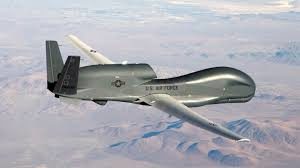
Time will come that the future aircraft will not even have a pilot. Armed forces are already embracing a pilot-less future. Surveillance and missile-carrying drones have been around for a couple of decades. The 2020s will see robot military helicopters and pilot-less fighter jets. It’s a separate issue that a squadron of these jets will have a human leader in control. Cargo aircraft for sure, military probably and civilian possibly – will be robotized as well.
New technology is also extending the concept of civil aviation. The idea of supersonic transport (SST) for civilians is back on the track. Remember Concorde which last took its flight from Paris 16 years back. Concorde was a supersonic aircraft having delta wings that used to fly transatlantic at a maximum speed of 2.04 Mach – twice the velocity of sound.
The Fairyland will soon become a reality in the Future of Flying
Another old fantasy which we have seen only in Hollywood movies, the flying cars seems likely to be true in the next few years. A lot of technology companies are currently engaged in building electrically-propelled one and two-seater aircraft of novel design.
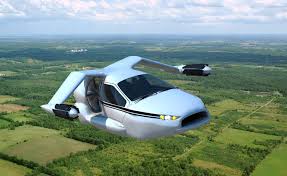
Some will be the SUV’s of the sky, piloted by their owners. The future of flying has never been so promising but there is a catch. Get ready for a sky-jam very soon.
Watch a video of the 10 future aircrafts:
https://www.youtube.com/watch?v=gWNHql50zxk
Watch a video of Flying Cars:
https://www.youtube.com/watch?v=VRZNLBL7Px4
If you want to read more such similar stories click on the following link:
Driving an Electric Car: Charging ahead with full power
Acknowledgement: The Economist: Issue dt- June 1st 2019 / Topic - The future of flight Technology quarter Report on Aviation (after page 40)

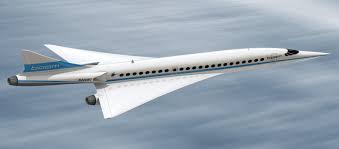










Comments
9 Comments
Excellent article. I thoroughly enjoyed reading it.
Thanks Venayak.
Excellent explanation of flying by simplest possible way.
Thanks Rachna.
[…] The Future of Flying: Now boarding from Gate of Innovation […]
[…] The Future of Flying: Now boarding from Gate of Innovation […]
[…] The Future of Flying: Now boarding from Gate of Innovation […]
[…] The Future of Flying: Now boarding from Gate of Innovation […]
[…] The Future of Flying: Now boarding from Gate of Innovation […]
Leave a Comment